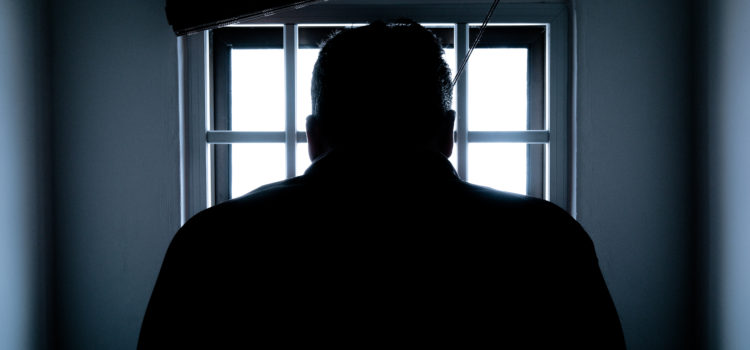
Why do men commit more crimes? Why are women often the victims of these crimes?
Society and the media often blame male violence in the US on factors such as the ease of acquiring firearms, economic difficulties and class struggles, and issues that affect the brain. However, Rebecca Solnit notes these factors affect men and women equally—yet men commit 90% of the nation’s murders.
Keep reading to learn the origins of male-on-female violence in the US.
Where Does Male-on-Female Violence Come From?
Why do men commit more crimes than women? Solnit explains that the true source of male violence is the authoritarian belief that men have the right to control women. This includes a sense of entitlement—the feeling that a man has the right to harm a woman for any reason he wants. Often, the reason a man chooses to harm a woman is because she rejects him romantically or sexually. A man who subconsciously believes he has more right to a woman’s body than she does will often respond violently when she denies him access to it.
(Shortform note: Solnit’s suggestion that male violence stems from men’s belief that they have the right to control women aligns with the idea that rape is about power, not sex. Some experts say that while sexual rejection may be what triggers a man’s violence in the moment, the denial of power is what motivates it. The fact that rape and sexual violence simply don’t happen in many matriarchal societies—even though men in matriarchal societies certainly experience sexual urges—supports this conclusion. On the other hand, in patriarchal societies like the US, we find things like the incel movement, a movement founded on the belief that women owe men sex and that denying sex is a form of violent oppression.)
Challenging the Patriarchy: Marriage Equality
According to Solnit, traditional marriage and legal structures also help enable violence against women. Until recently, marriage was a legal contract that essentially made a woman the property of her husband. This unequal power dynamic rendered wives legally powerless against their husbands, facilitating domestic abuse, sexual abuse, and financial abuse (since husbands had control over their wives’ income and possessions). This power structure relies on the difference in status that deems women inferior to men. As such, the idea of a man marrying a man or a woman marrying a woman posed a threat to this type of legally sanctioned violence—hence the opposition from some people against marriage equality.
(Shortform note: Not only did traditional marriage historically create an unequal power dynamic, but it also trapped women in it: Until the 1960s and 1970s, women couldn’t seek a divorce unless they could prove that their husband had done something wrong (like adultery or abandonment). Women who were unable to prove fault sometimes resorted to murder or suicide as the only way to get out of bad marriages. Accordingly, suicide and homicide rates for wives decreased after states legalized no-fault divorce. However, like marriage equality, many view no-fault divorce as a threat to traditional marriage, and some groups are taking steps to try to revoke people’s right to it.)
Solnit argues that the opposition to same-sex marriage illustrates a drive to maintain the power discrepancy between a man and a woman in a traditional marriage. Opponents suggest that it’s a threat to traditional marriage’s objective of procreation. However, Solnit points out that many heterosexual couples choose not to have children or are unable to conceive, yet their marriages are still considered valid. This suggests that the argument that same-sex marriage is a threat to traditional marriage’s procreative purpose is a smokescreen—hiding same-sex marriage opponents’ real fear of the destruction of traditional power imbalances.
(Shortform note: Solnit’s description of marriage equality’s impact on the patriarchy demonstrates how sexism can harm not only women but also some men—namely, gay men. However, misogyny also fuels oppression against LGBTQ people in general. The patriarchy relies on strict gender division to oppress women, so anyone who defies these divisions—including gay, trans, intersex, and nonbinary people—threatens the patriarchy. This is why, historically, gender equality has been closely tied to LGBTQ rights. This is also why some people suggest that feminism doesn’t just encompass equality for women, but that it represents a movement for equality for all people—often referred to as intersectional feminism.)

———End of Preview———
Like what you just read? Read the rest of the world's best book summary and analysis of Rebecca Solnit's "Men Explain Things to Me" at Shortform.
Here's what you'll find in our full Men Explain Things to Me summary:
- How "mansplaining" comes from a cultural tendency to devalue women
- The attitude of control that motivates the mistreatment of women
- The role that language plays in the advancement of women’s rights






